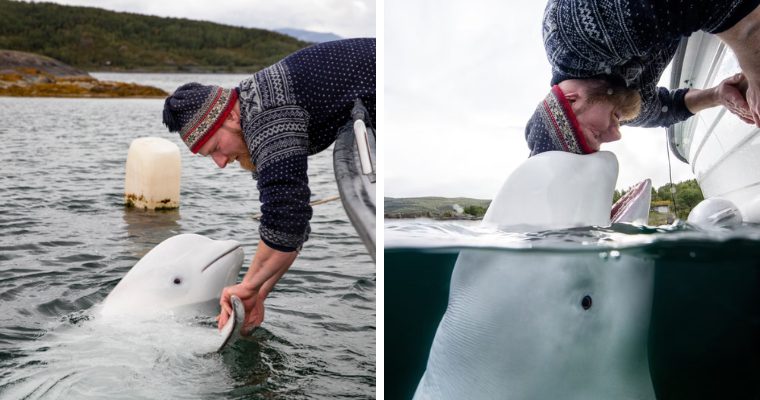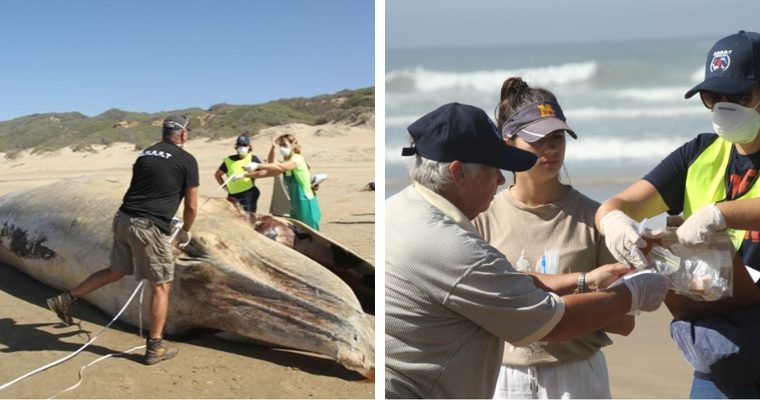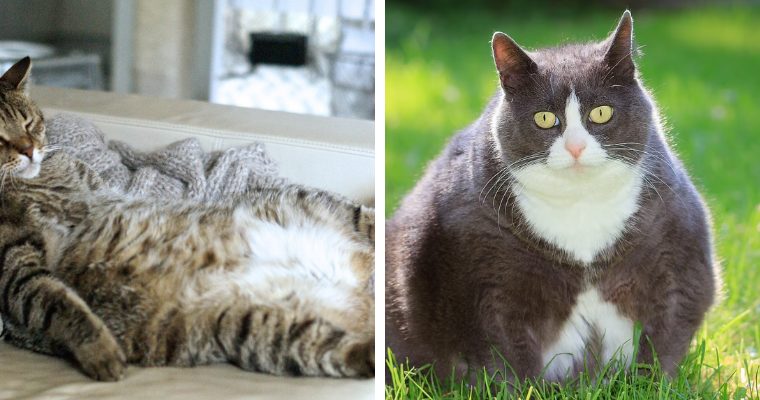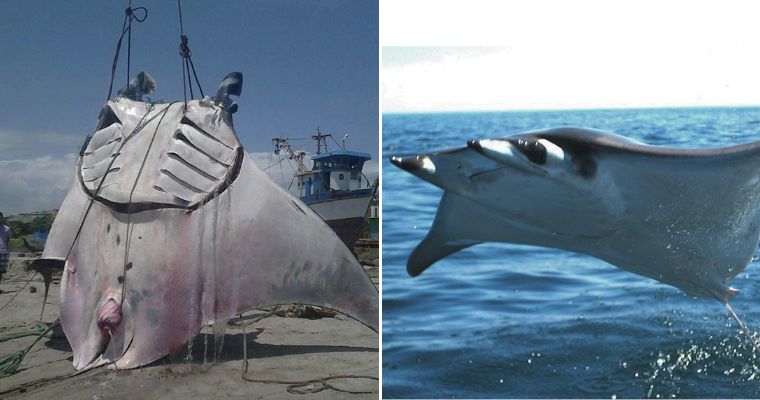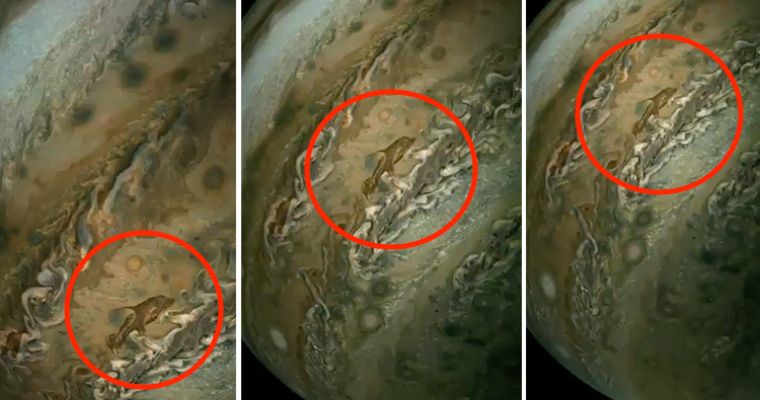It’s a sheep! It’s a cow! No, it’s Costasiella kuroshimae (or ‘Leaf Sheep’ for short). This adorable little sea slug, whose beady eyes and cute feelers make it look like a cartoon sea sheep, feeds on algae – just like the real thing!
What’s fascinating about the tiny cute animal which can grow up to 5mm in length and can be found near Japan, Indonesia and the Philippines, is that they are one of the only sea creatures in the world that can perform photosynthesis (the others all belong to the sacoglossa sea slug clade). When these weird animals eat algae, they suck out the chloroplasts and incorporate them into their own bodies in a process called kleptoplasty. This process, which otherwise can only be performed by single-celled organisms, essentially makes them solar-powered slugs!
If this cute little creature of the sea has inspired you to see sea slugs in a new light, then check out this adorable ‘sea bunny’ sea slug to seal the deal!
This cute little sea sheep is a sea slug that loves to eat algae
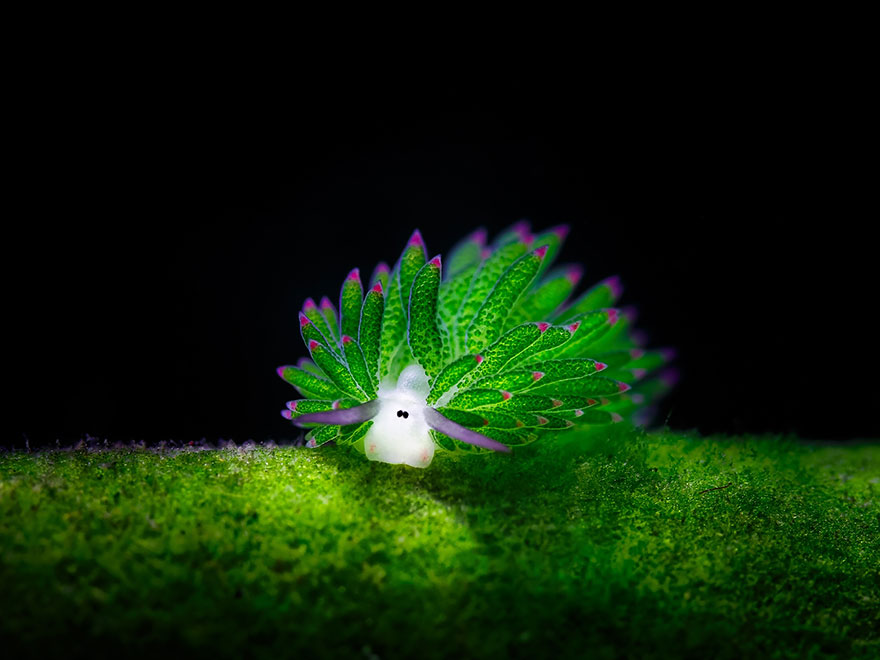
Image credits: Jim Lynn
It is one of the only creatures in the world that can use algae to photosynthesize!
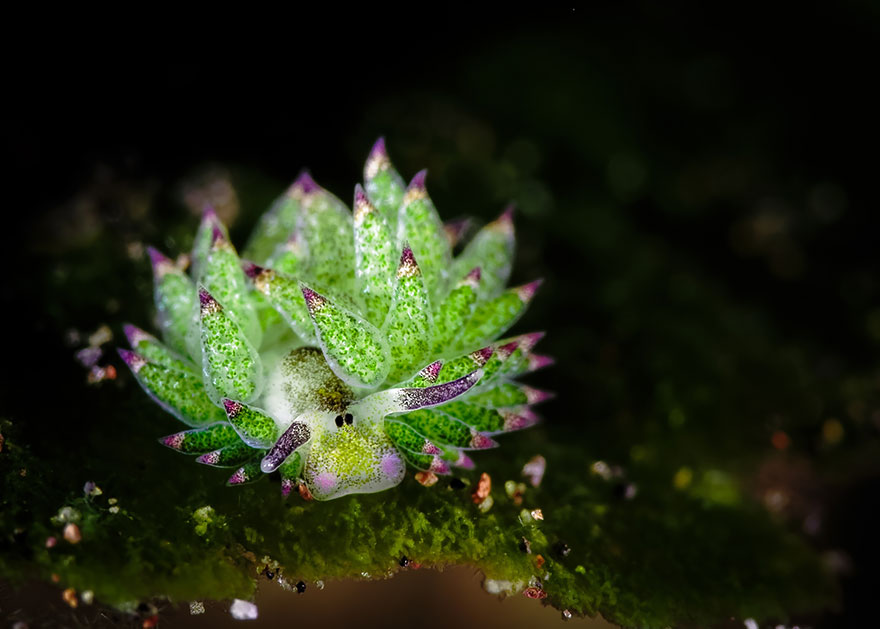
Image credits: Jim Lynn
These little nibblers have been found everywhere from Japan to Indonesia and the Philippines
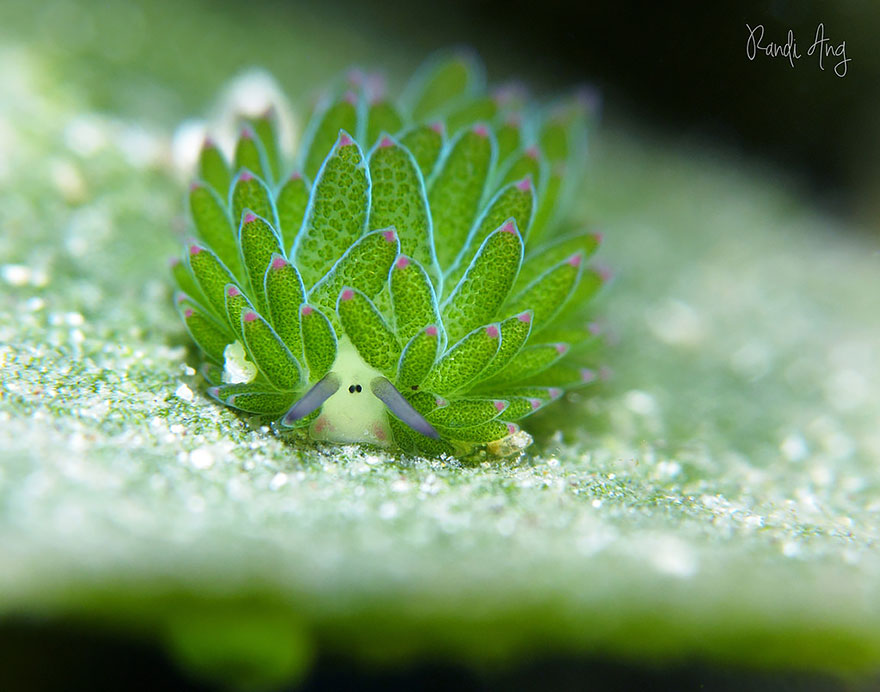
Image credits: Randi Ang
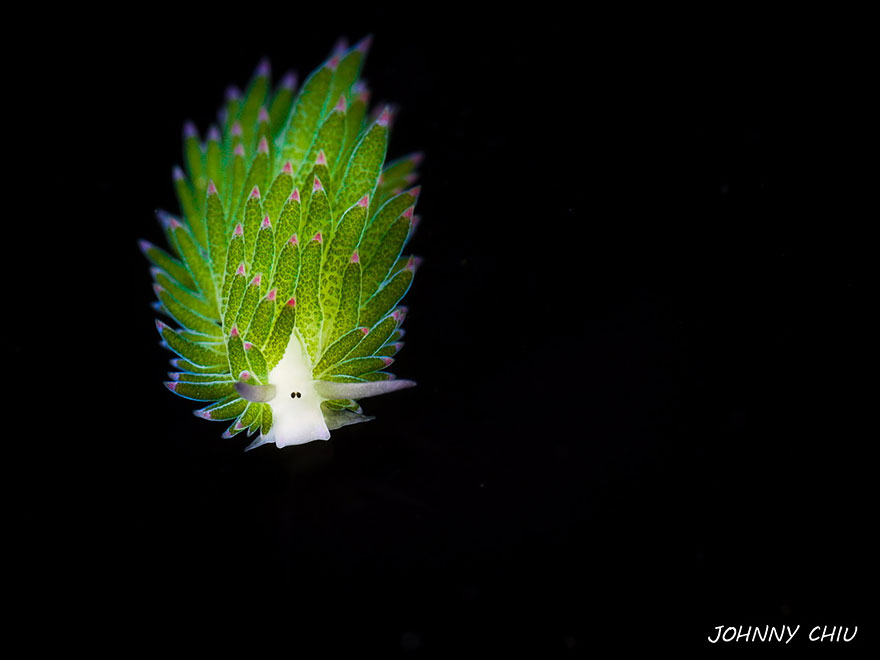
Image credits: Johnny Chiu
Baaa!
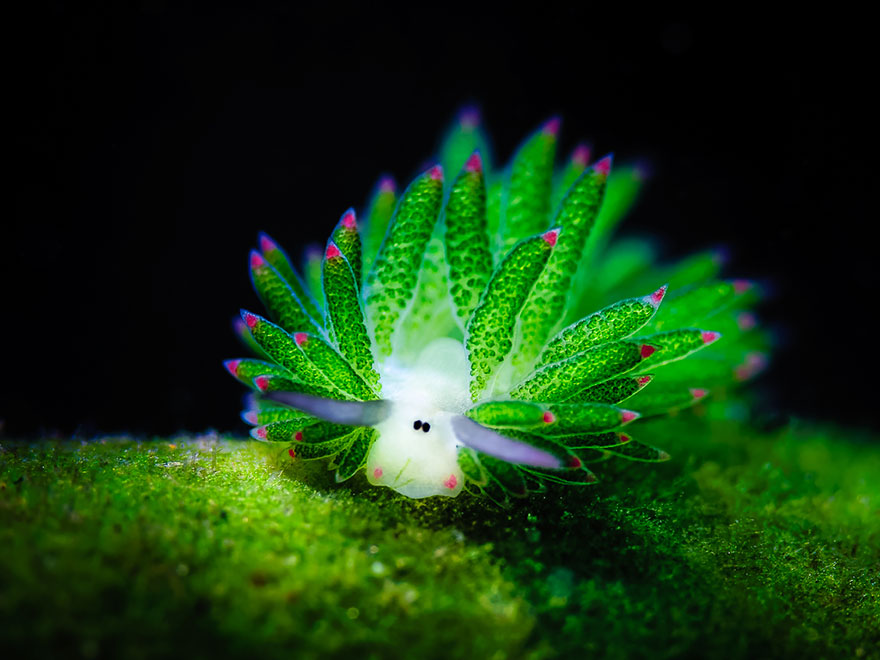
Image credits: Lynn Wu

The leaf slug was discovered off the Japanese island of Kuroshima in 1993. It can generally grow up to 5mm in length. They are found near some Asian countries such as Indonesia, Japan, and the Philippines.


Sea slugs are fascinating animals because they are considered to be one of the only sea creatures in the world with the ability to perform photosynthesis. It is the process used by green plants and some other organisms to transform light energy into chemical energy. The other sea creatures that can perform photosynthesis belong to the sacoglossa sea slug class.


These extraordinary sea slugs consume algae and absorb chloroplasts. They then incorporate the chloroplasts into their bodies using a process named kleptoplasty. In other cases, this process can only be performed by single-celled organisms. So technically they are similar to solar-powered slugs. Isn’t that just mind-blowing? Its vibrant complexions are beautified with colors such as white, green, and purple. These leaf sheep can be better observed in black backgrounds, in order to further analyze their hues.




